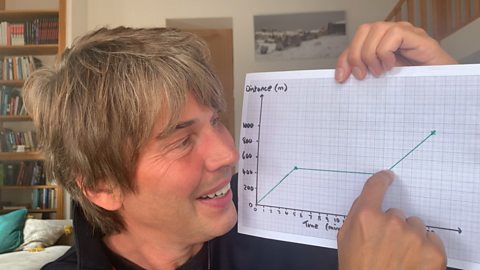This series of short explainer films with Professor Brian Cox comprises six clips focused on forces, speed and motion. Each clip uses simple terms and concrete examples to explain deep concepts that students often struggle to grasp.
The use of familiar contexts, hooking onto studentsβ likely prior knowledge, helps to make ideas relevant and engaging.
The clips also focus on sense checking of mathematical answers and applying logic to equations, skills that are generic across all sciences.
These clips will help students to develop ideas of motion at KS3, or to reinforce and revisit at KS4.
They could also support non-specialist teachers in developing their knowledge, understanding and explanations.
Newtonβs First Law. video
An explanation of Newtonβs First Law of Motion which addresses a common misconception about the effect of a force on an object that is already moving.

Hookeβs Law. video
An explanation of Hookeβs Law using a spring as an example and showing how overstretching a spring leads to a non-linear relationship between force and extension.

An introduction to the speed equation. video
An introduction to the speed equation, illustrating its logic using the example of a journey from home to school.

The importance of checking mathematical answers. video
A reminder to always sense-check mathematical answers in physics, using a speed calculation as an example.

Average speed. video
An introduction to average speed and how to use a simple distance-time graph to calculate it.

Relative speed. video
An explanation of the concept of relative speed and how to calculate the relative speeds of two vehicles going in the same direction and in the opposite direction.
